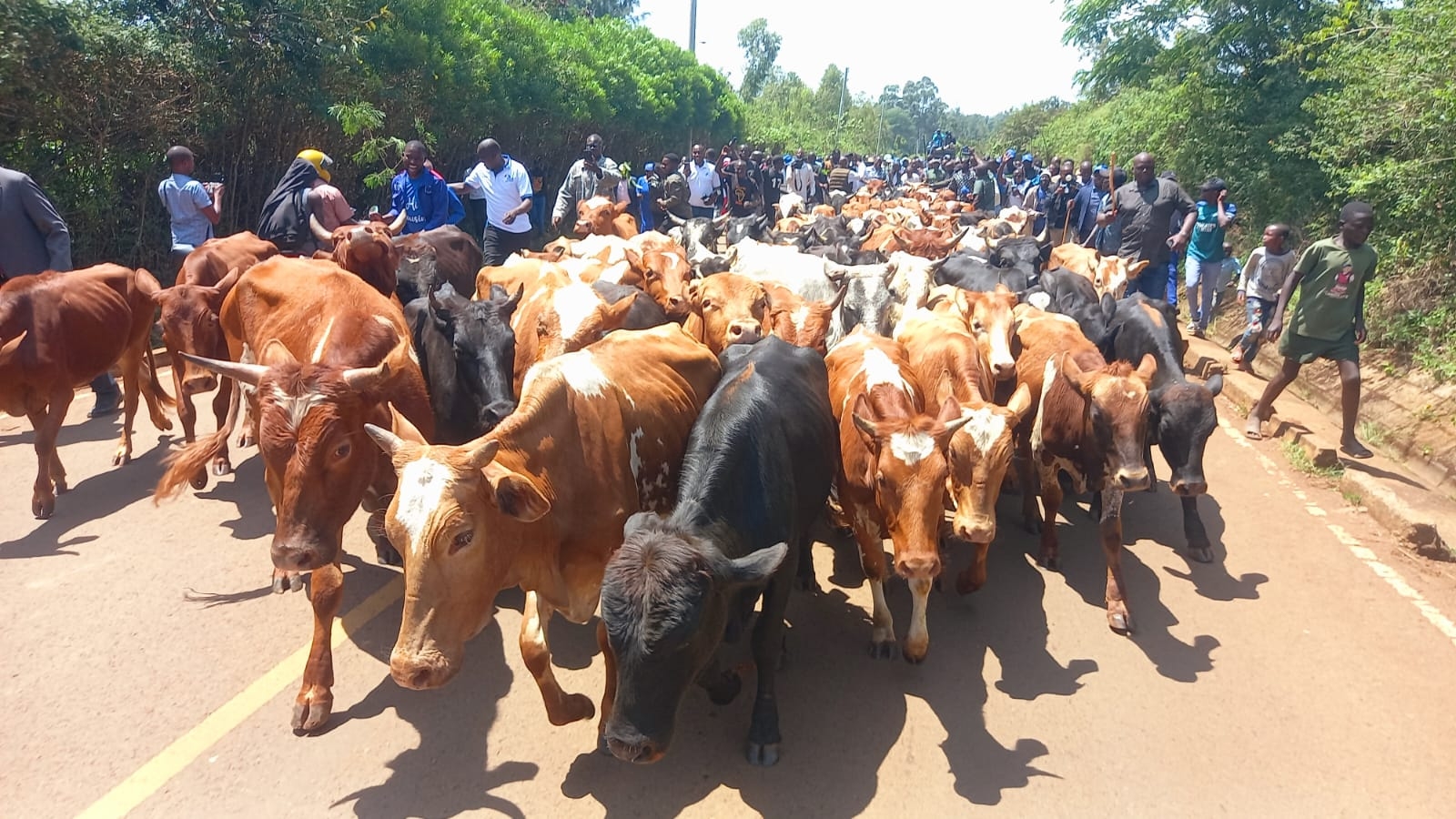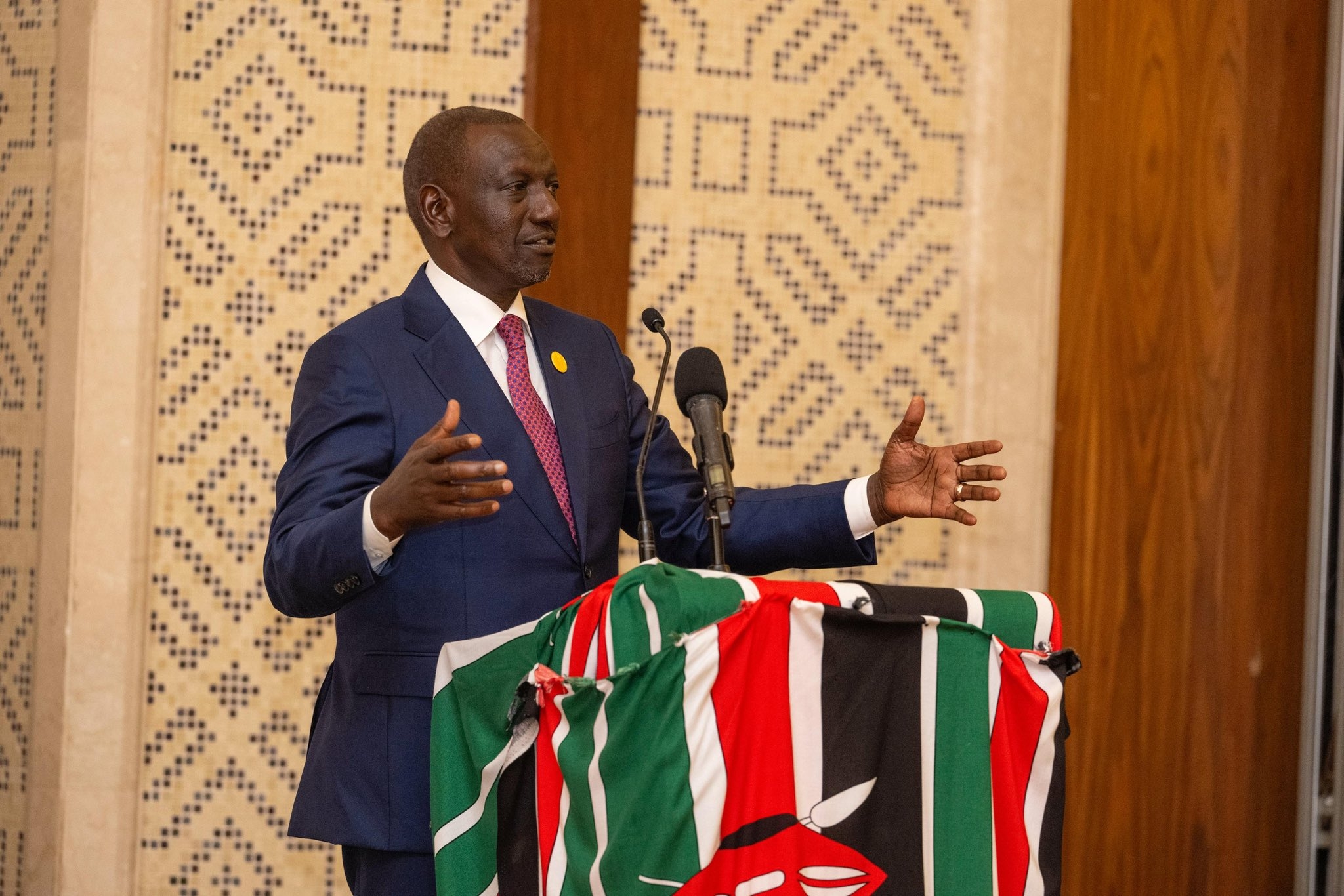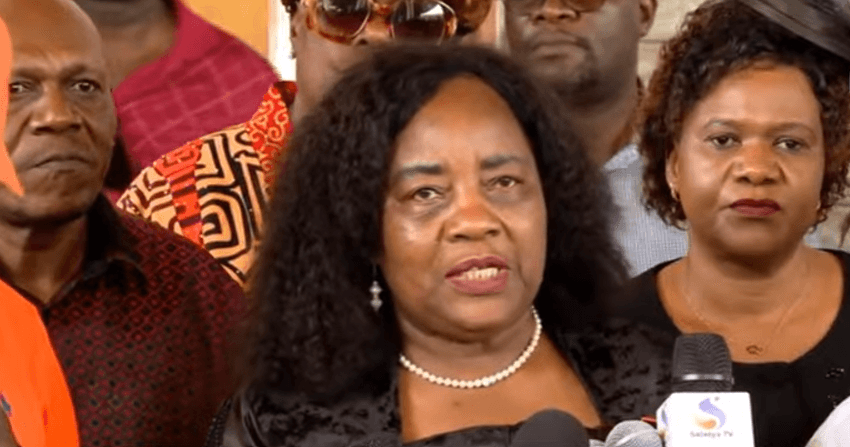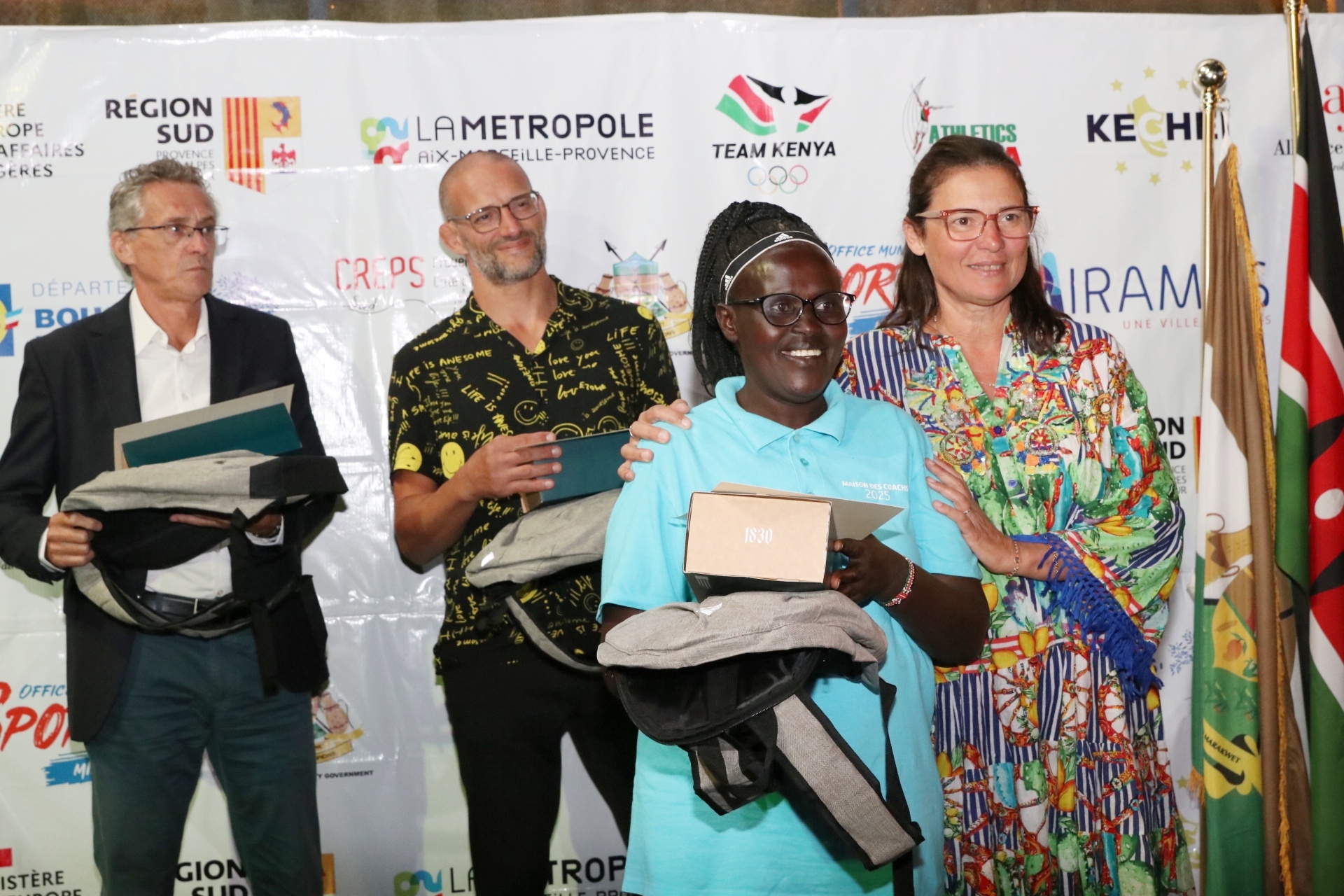The rising water of Lake Naivasha has reignited long-simmering tensions between private landowners and beach management units, exposing deep gaps in riparian land management and enforcement. As homes are invaded and property destroyed, the conflict underscores how climate-driven changes — like lake expansion — can quickly turn into security and property-rights crises. With government agencies largely absent and demarcation efforts stalled, locals are left vulnerable to lawlessness and opportunism. Experts warn that without clear policy direction and rapid intervention, environmental shifts around Kenya’s major lakes could trigger wider social and economic instability along riparian zones.
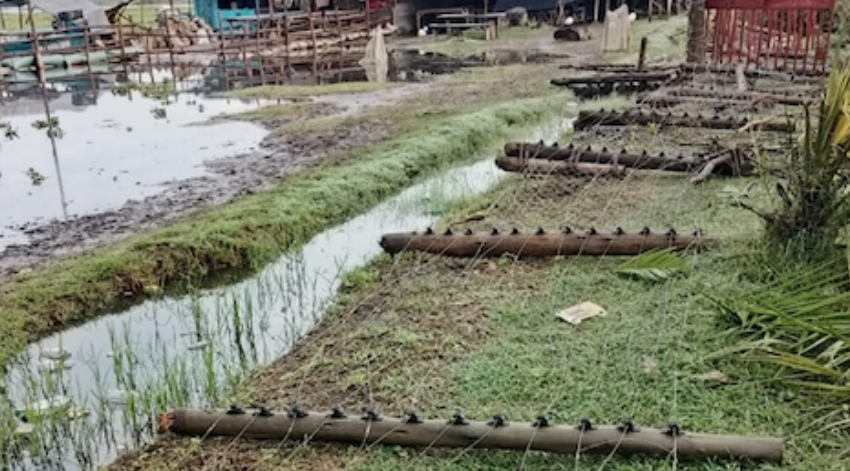
The rising water of Lake Naivasha
near Karagita has sparked a major conflict between private landowners and
beach management units, leading to invasions, destruction, and rising
insecurity.
Several private properties have
reportedly been overrun by armed gangs who have looted and vandalised homes.
One property owner, who requested anonymity for security reasons, said she has
lost millions of shillings after her compound was invaded.
“We have enjoyed peace since the
1980s, but what is happening now is disturbing,” she said. “They’ve taken
fencing posts, barbed wire, and even cut down trees we’ve grown for over 30
years.”
The invaders, described as a group
of about 50 men armed with pangas and often intoxicated, have cleared fences,
trees, and security barriers on private land. Residents say the area has turned
into a drug den, fuelling lawlessness.
The property owners are calling on
the Kenya Wildlife Service to intervene and convert the disputed riparian zone
into a wildlife corridor to end the clashes.
Lake Naivasha Riparian Association
general manager Silas Wanjala confirmed the tension, blaming members of BMUs
for encroaching on private land after their original operating areas were
submerged by the rising lake.
“Instead of negotiating for space,
some BMU members have broken fences and occupied private land,” Wanjala said,
adding that cottages have been looted and trees cut to create makeshift
operating zones.
He said government agencies have so
far offered little help, forcing some affected landowners to consider legal
action. Two properties have already been invaded, while three more owners have
received warnings of possible encroachment.
Wanjala said the lake level,
recorded at 1,891.89 metres above sea level as of Monday, has now surpassed
2020 levels, worsening the crisis. The official riparian boundary is at 1,892.8
metres.
Efforts to demarcate the riparian
boundary have stalled due to funding gaps, but Wanjala said talks are underway
with the Director of Survey to resume the process.
Land disputes around Lake Naivasha
are not new. In 2018, Justice Munyao Sila ruled that a piece of land in
Karagita belonging to Jackson Kariuki was private property and not a public
access corridor, issuing a permanent injunction against encroachment.
For now, rising waters continue to
re-draw boundaries — and tensions — around one of Kenya’s most contested
lakeshores.
Instant analysis




